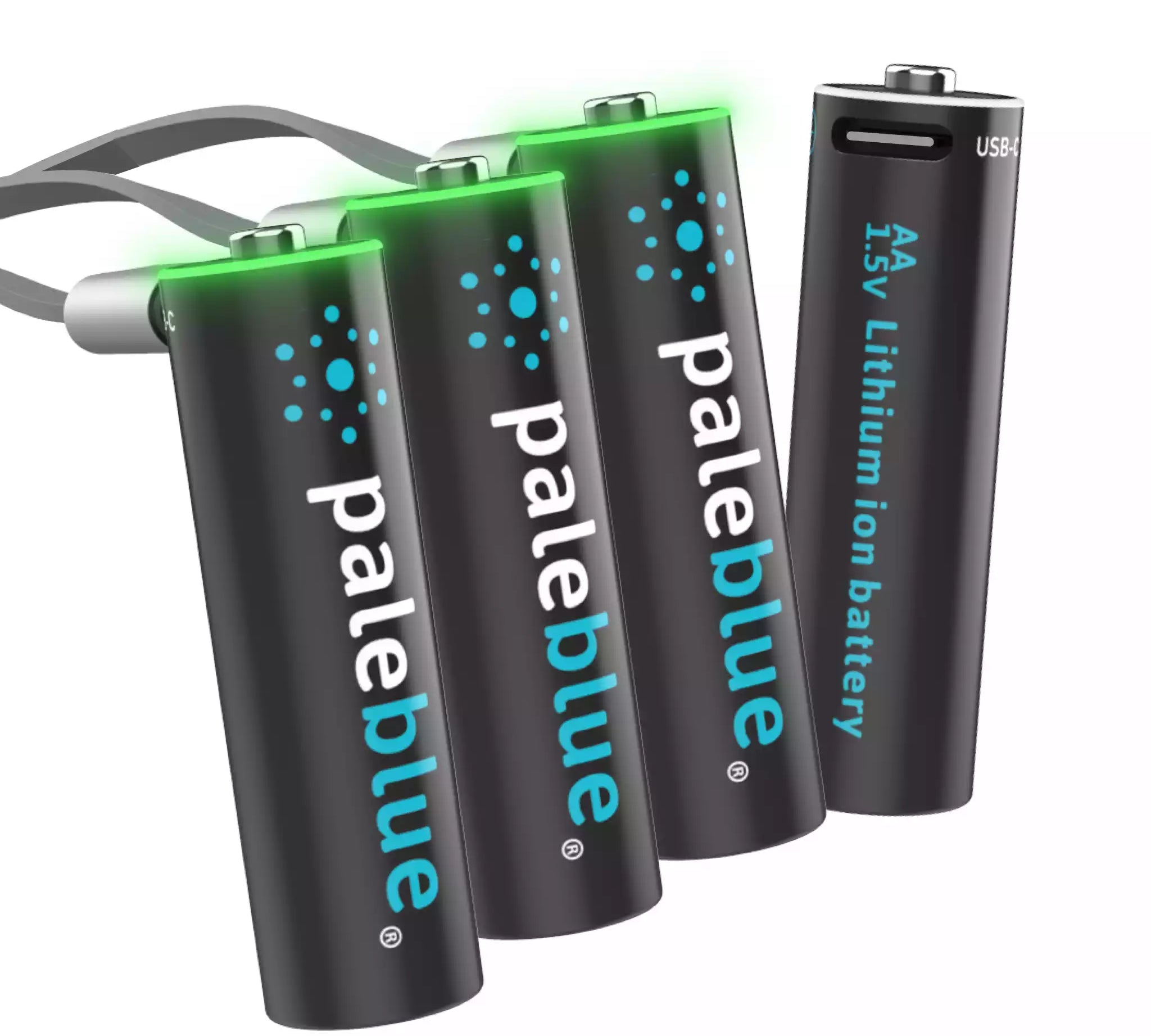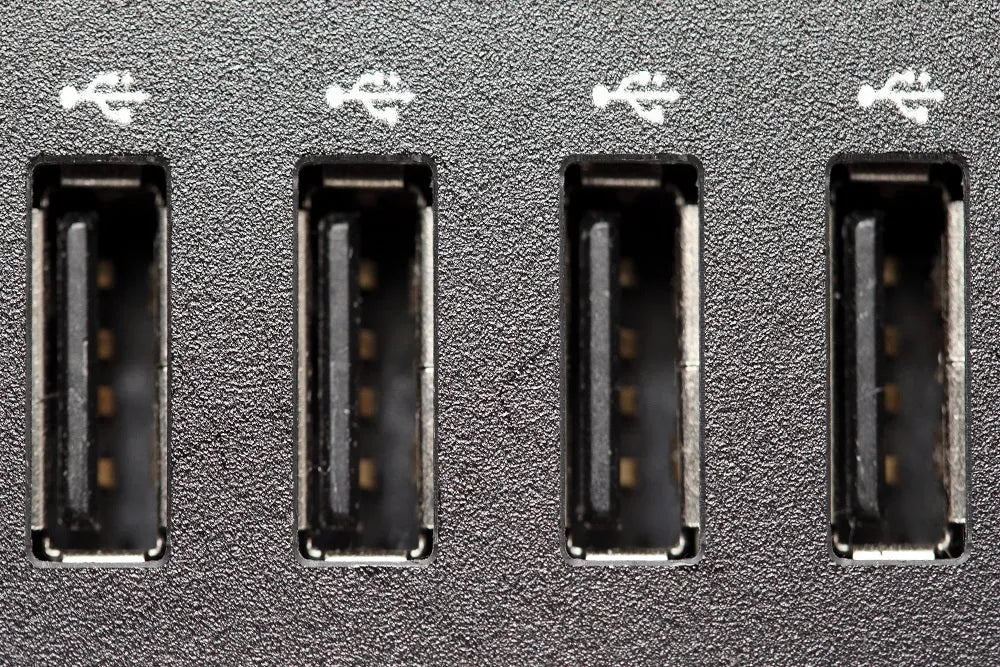Is It Possible to Overcharge a Lithium-Ion Battery?

The most burning question in our industry is one that has been debated for years: is it possible to overcharge a lithium-ion battery? For the record, battery manufacturers have not debated the answer. We already know it, and it is pretty firm. But consumers and battery reviewers do not necessarily have that same knowledge. And so the question persists.
The answer is both 'yes' and 'no'. How can that be? It is possible because the potential to overcharge rests in how a battery is designed and constructed. Build a lithium-ion battery one way and you certainly can overcharge it. Build it another way and you cannot.
Cutting Off the Power
Assuming nothing stands in the way of power flowing to a lithium-ion battery, it is possible to overcharge it. That was a very real danger when lithium batteries were first invented. To get around the issue, designers came up with various ways to cut off the power. Therein lies the secret to prevent overcharging.
Paleblue USB rechargeable batteries are designed with important power management circuitry built in. That circuitry constantly monitors the charge level of the battery and manages the charging cycle to be efficient and maintain the battery’s health. Once a battery is fully charged, the circuit opens to prevent any further power from flowing into the cell.
As an added benefit, the built-in circuitry also helps prevents the 'memory' issues that plague older NiCad and NiMH technologies. As long as you use our batteries according to the provided instructions, you shouldn't have any memory issues. That is to say that your Paleblue batteries are not going to prematurely lose performance because they cannot ‘remember’ the last charge level.
Locating Circuitry Elsewhere
Power management circuitry is built into our USB rechargeable batteries because that was the most practical way to do things. However, building batteries with integrated circuitry is not the only way to go. There are other ways to manage power so that lithium-ion cells do not overcharge.
In some devices, like laptop computers and cell phones, power management circuitry is built into the device itself. This serves some very important purposes. First, it opens the door to using aftermarket batteries from various manufacturers without having to worry about charging issues.
Second, locating circuitry inside the device makes it possible to better manage power through software. There are numerous benefits to being able to do so. Not only can you prevent overcharging, but you can also use power management software to minimize power consumption and subsequently extend battery life.
The Danger of Overcharging
All this matters because, when not managed properly there is a real danger in allowing lithium-ion batteries to overcharge. That danger is a phenomenon known as thermal runaway. It is a dangerous phenomenon that can lead to battery explosion and fire.
Getting back to the original question, lithium-ion batteries can be overcharged in the absence of protective circuitry. That is not an issue with our batteries because eacy battery has protection circuitry built in. It is yet another reason to buy your batteries from Paleblue.







